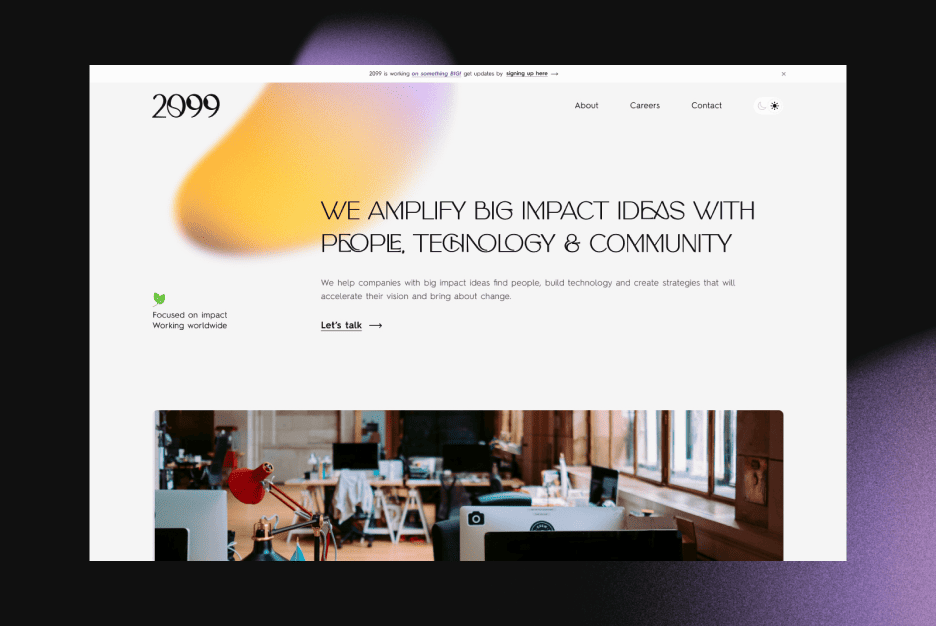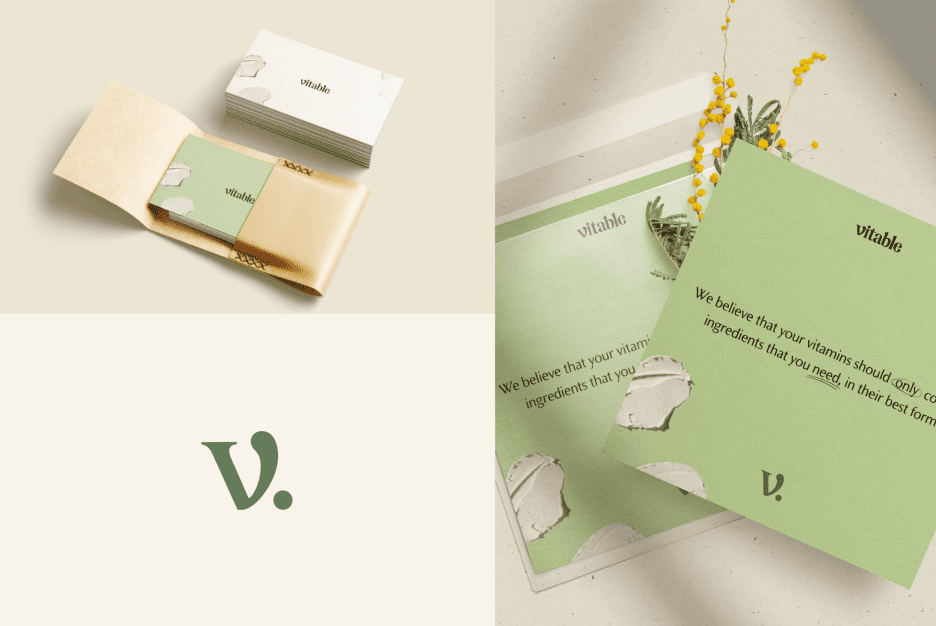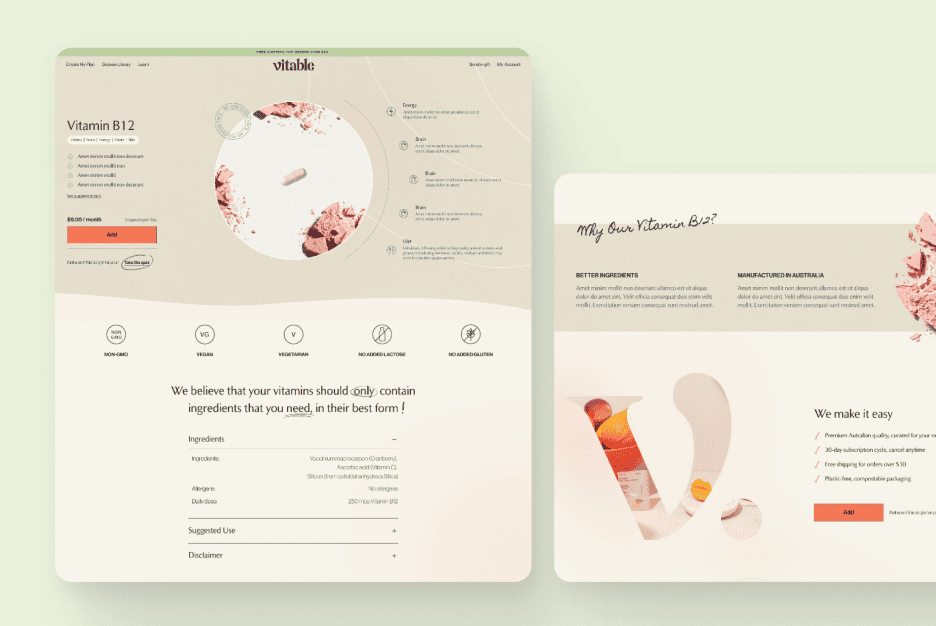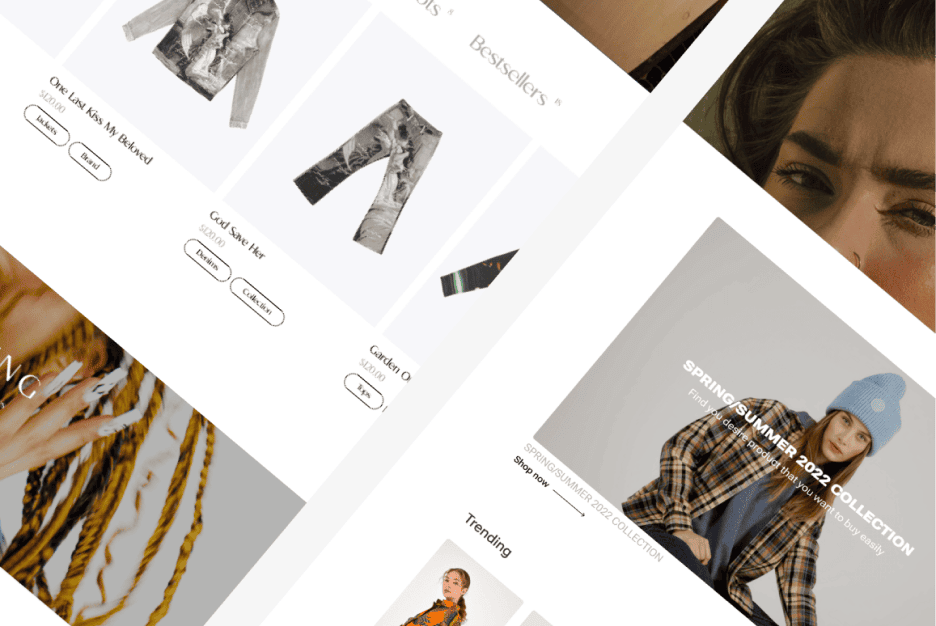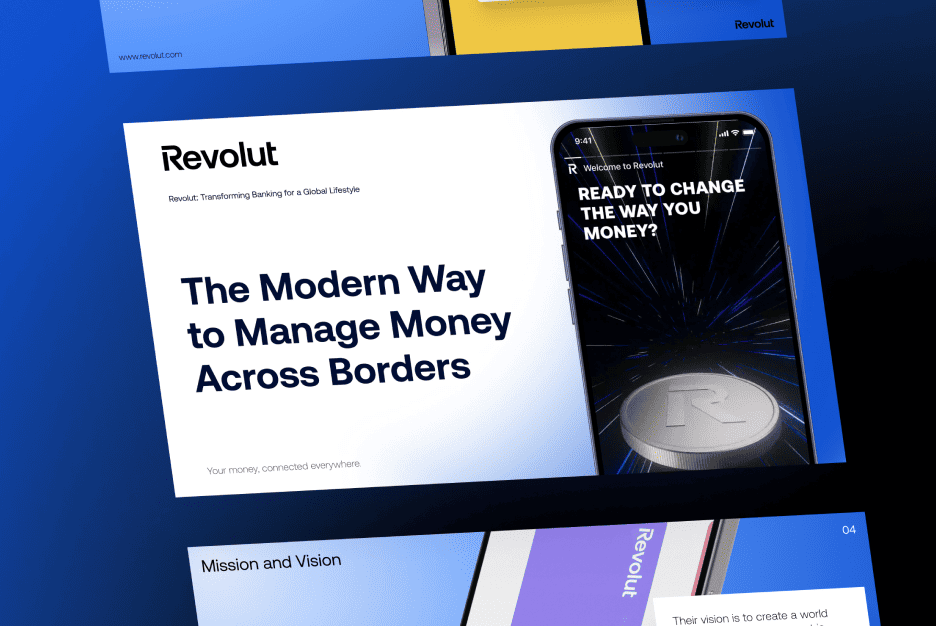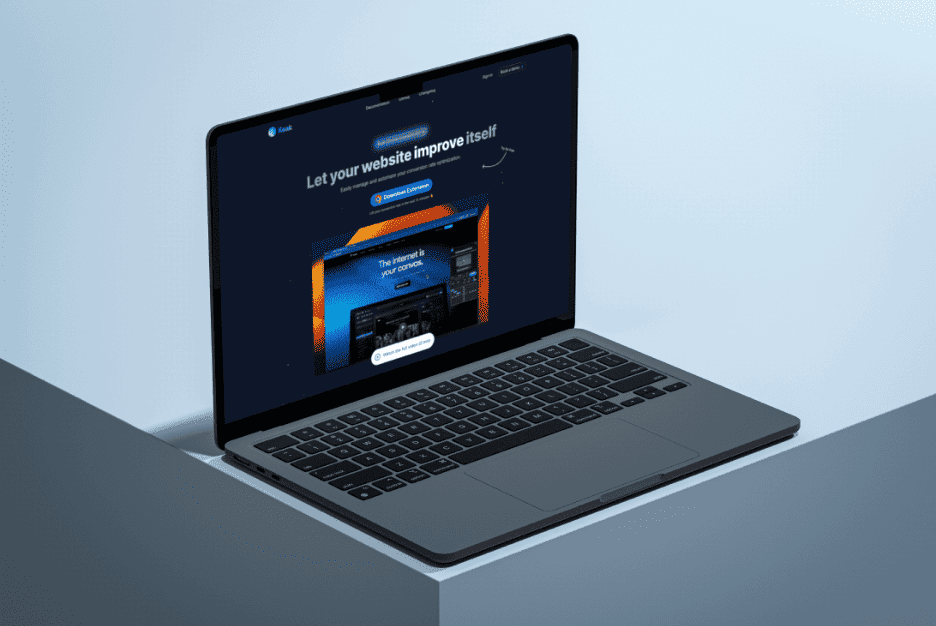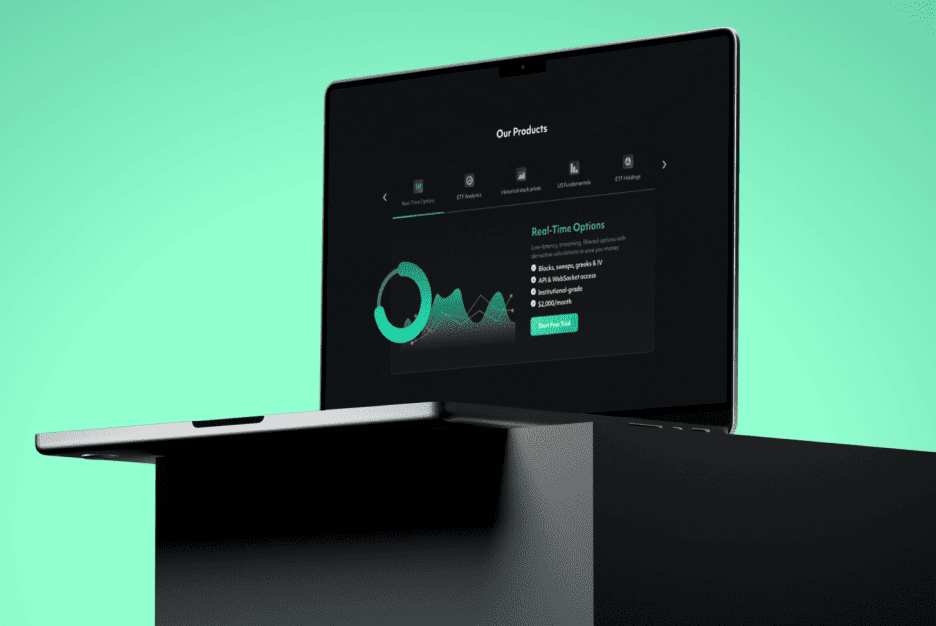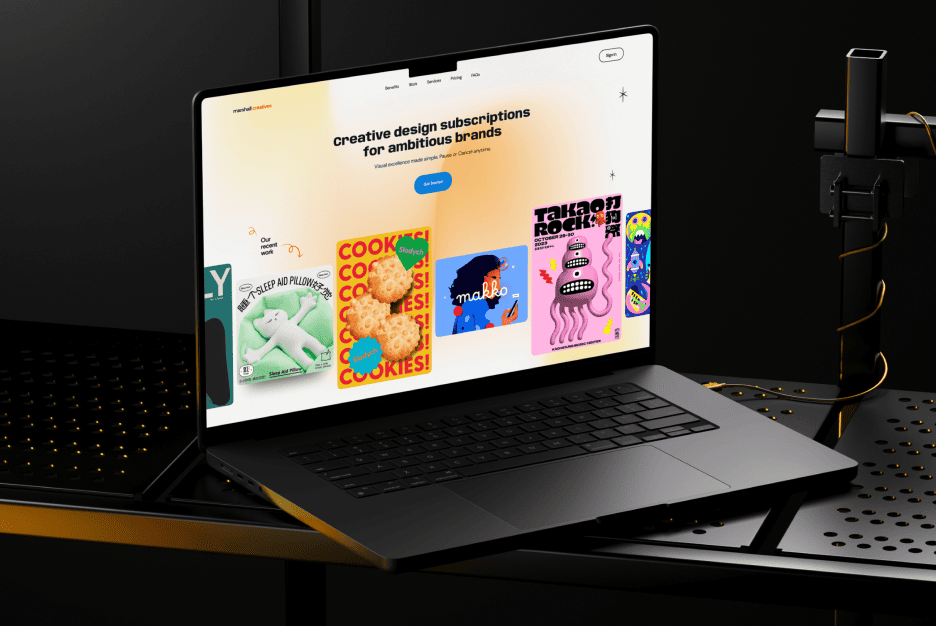You know that awkward moment when you open a website and immediately think, “Nope, I’m out”? That’s what happens when brands forget how fragile trust is online. Three seconds — that’s all it takes for visitors to decide if your site feels reliable or shady. A clunky layout, slow load, or bad copy doesn’t just annoy users — it silently screams unprofessional. Let’s break down the small details that cause big credibility crashes.
Why trust is decided in the first few seconds
First impressions online are brutal. People make snap judgments faster than you can say “Welcome to our website.” Within three seconds, your design, tone, and structure either build confidence or trigger instant doubt. That’s how powerful the Visual Hierarchy is — your layout literally tells the brain whether to relax or run.
Users crave clarity and structure. If your page feels chaotic or outdated, it doesn’t matter how amazing your product is — they’ll assume the same about your business. A clean, fast, visually balanced interface gives subconscious reassurance. Mess it up, and you’ve lost before the scroll even begins.
How slow loading turns a brand into a red flag
Speed equals trust. A laggy site feels like a lazy company. Studies show that even a one-second delay can drop conversions by 7%. It’s not just impatience — it’s psychology. People equate fast performance with competence and safety.
The worst part? A slow page often leads to Silence — users bounce before even seeing your content. It’s like throwing a party and locking the door before guests arrive. If your website hesitates, your brand looks hesitant too. Optimize images, clean up your code, and invest in proper hosting. Fast means confident, and confidence sells.
Chaotic design and visual noise that scare visitors away
A messy interface screams confusion. When everything fights for attention, nothing wins. Bad color contrast, overloaded banners, and inconsistent typography turn your page into a visual battlefield. Users crave flow, not chaos.
Good design is like a conversation — smooth, logical, and effortless. Use Visual Hierarchy wisely: make important elements stand out naturally. Guiding the eye with intention feels calming; overwhelming it feels like an interrogation. Simplicity doesn’t mean boring — it means focus.
Copy that makes your site look fake
Ever read something on a site and thought, “No human talks like that”? Overly generic, exaggerated, or robotic text instantly kills authenticity. Visitors sense when your tone is off — especially now, when people are used to chatting with Voice Search assistants that mimic real conversation.
Authentic copy feels like a friend explaining a solution, not a robot pushing a product. Skip corporate clichés like “We provide innovative solutions.” Instead, write how you speak — honest, clear, and confident. Real language builds real trust.
Navigation mistakes that drive users away forever
If users have to think about where to click, you’ve already failed. Poorly structured menus, missing breadcrumbs, or broken links destroy confidence. People should glide through your site like a well-marked path — not get lost in a maze.
Think of navigation as silent communication. If users feel disoriented, they’ll assume your business is too. Conduct usability testing, simplify your layout, and keep important items no more than two clicks away. Confusion creates Silence, and silence means no conversions.

Annoying pop-ups and clumsy forms that frustrate users
Nothing screams “we don’t respect your time” like intrusive pop-ups and never-ending forms. Pop-ups can work — if they’re smart, subtle, and timed right. But when every click triggers another one, it’s digital harassment.
As for forms, shorter always wins. Only ask what’s absolutely necessary. Think of each field as a barrier between you and your sale. The more hoops you make users jump through, the faster they leave. Here’s a quick checklist for sanity:
- Limit forms to 3–5 essential fields.
- Use autofill and clear validation messages.
- Delay pop-ups until after user engagement.
Respect people’s attention, and they’ll respect your brand.
A lack of human touch and emotion in content
Cold, corporate language doesn’t inspire loyalty. People don’t connect with faceless brands — they connect with personalities. Showing behind-the-scenes stories, team photos, or even humor makes your brand relatable.
In a world dominated by automation and Voice Search, human warmth is your competitive edge. A little empathy goes a long way. Talk like a person, not a press release. Users remember how your website feels more than what it says.
Fake reviews and sketchy numbers that ruin credibility
One fake testimonial can destroy months of reputation building. People aren’t stupid — they can spot generic praise a mile away. If every review sounds identical, you’ve just made your brand untrustworthy.
Instead, highlight real feedback, both good and bad. Honest criticism shows confidence. Back up claims with transparent stats, not inflated “90% success” numbers that no one believes. Integrity might not be flashy, but it’s the strongest trust signal you have.
Ignoring mobile users is the ultimate trust killer
More than 60% of web traffic comes from smartphones, yet countless brands still treat mobile optimization as optional. A site that looks perfect on desktop but breaks on mobile instantly loses credibility. It’s 2025 — if your mobile UX is broken, people assume your business is too.
Mobile users expect instant interaction, clean design, and responsive layouts. Even a small Redesign can make your site feel fresh and reliable again. Remember: trust today fits in the palm of your hand.
When brand and UX don’t align
Ever seen a luxury brand with a clunky website? That mismatch between message and experience screams inconsistency. Users notice when your promises and execution don’t match. It’s the online version of a five-star restaurant with sticky tables.
Your digital experience should reflect your identity. A premium brand deserves elegant motion and thoughtful microcopy; a playful brand needs bold color and energy. Consistency turns interaction into loyalty. Disconnects do the opposite.
How to rebuild trust once it’s lost
Good news — even if your site already scared people away, trust can be repaired. It just takes honesty and effort. Start by identifying pain points: what makes users hesitate or leave? Be transparent about updates and improvements. Users love brands that admit flaws and grow from them.
Here’s a simple roadmap for recovery:
- Audit everything — from load time to tone.
- Fix critical usability issues first.
- Update your visuals with clean, modern design.
- Rebuild credibility with social proof and transparency.
It’s not about perfection — it’s about progress. Every fix is another step toward rebuilding belief in your brand.
Trust isn’t something you buy — it’s something you earn, one click at a time. Users don’t owe you their patience or attention; you have to deserve it. When your site feels fast, clear, and human, those three seconds are all you need to turn hesitation into confidence.
